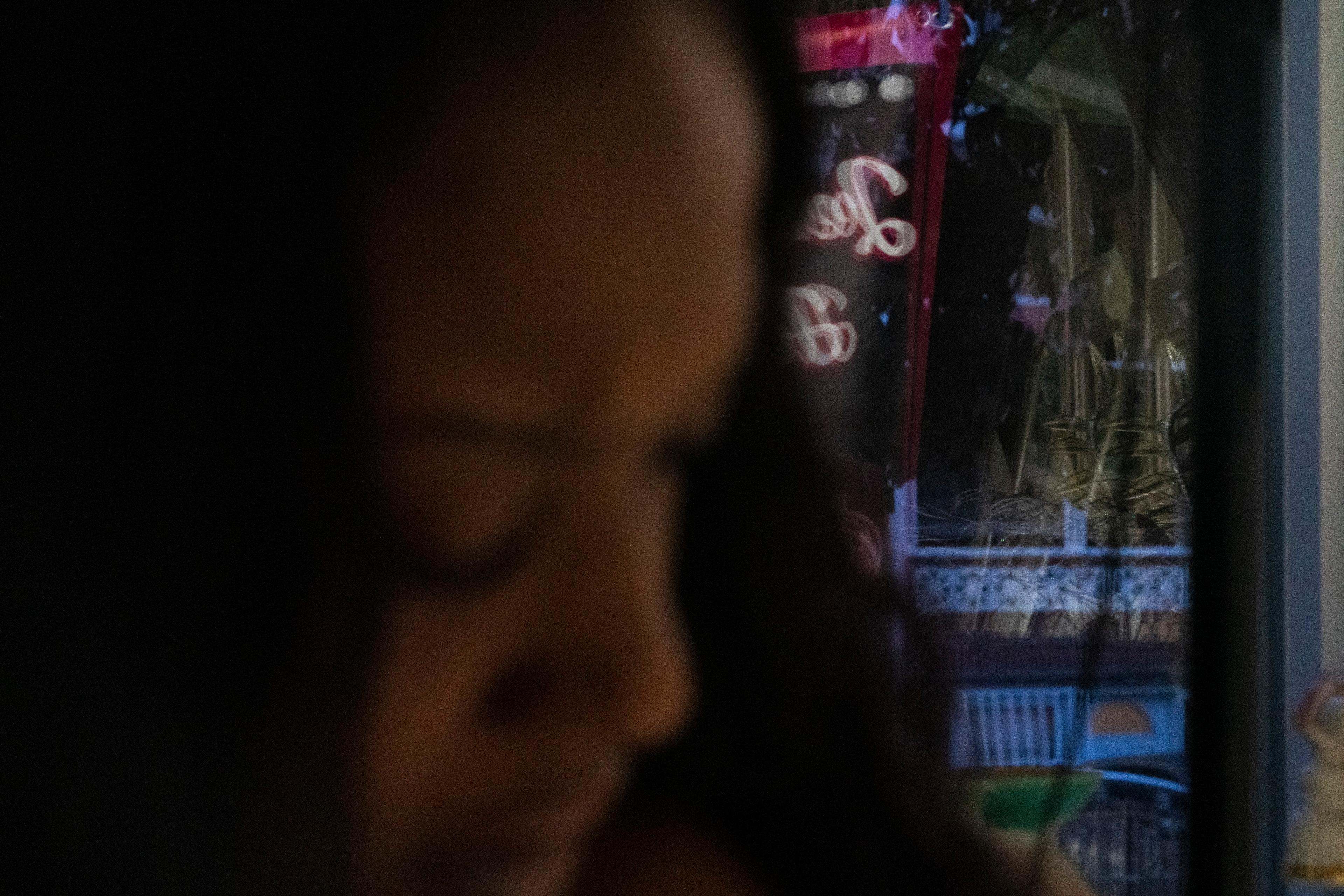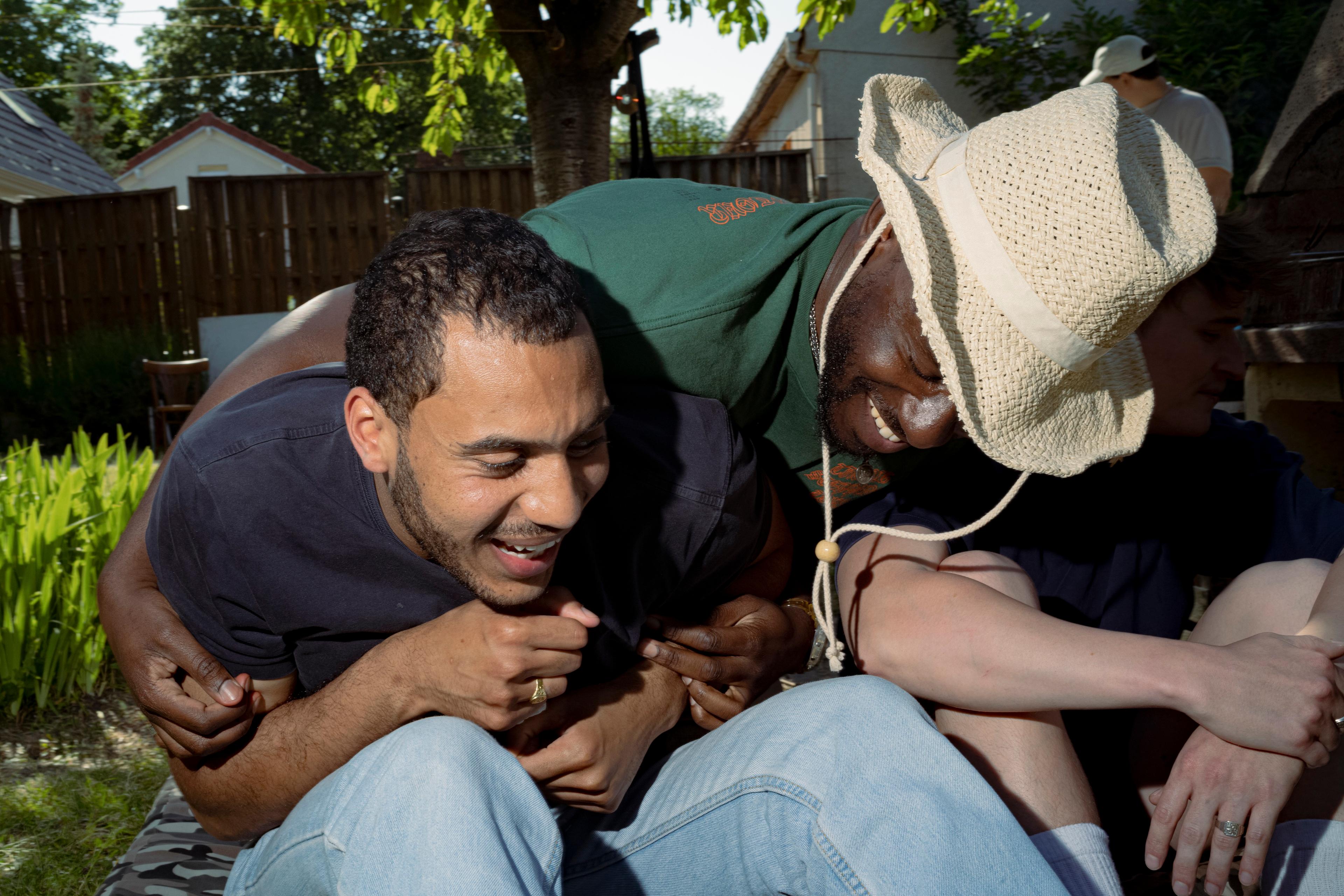Can you recall a time when your workplace was especially busy, and no one seemed to have a chance to take a breather? Even if you were managing your own duties well, you might have found it challenging to remain calm in the face of the stress or anxiety penetrating the workplace. Simply watching people around you complaining or panicking can trigger tense feelings. As social animals, we inherently tend to relate to other people’s experiences, ‘catch’ their emotions, and adopt their ways of appraising events as they unfold.
Stress has traditionally been regarded by psychologists as something that emerges from someone’s personal, psychological response to situations in which the demands – eg, uncertainty, unpredictability, time pressure, conflicts, performance expectations – are high, while resources for coping with these demands are low. Yet, this individual-level perspective on stress has been complemented in recent decades by evidence that interpersonal processes play a critical role as well.
For example, Mina Westman and Arnold B Bakker published a series of studies examining the so-called ‘crossover’ of psychological strain in relationships and small groups. They found that in married couples, a spouse who is under a lot of pressure and experiences stress at work may bring such feelings back home, leading to an increase in the stress experienced by the other partner. Bakker and colleagues also observed that the burnout levels of colleagues within a work team often converge or co-evolve over time. Emily Butler developed a ‘temporal interpersonal emotion systems’ (TIES) framework to explain how various elements of negative emotions, such as distress experience, expression and autonomic physiology, are transmitted between people.
Building upon these developments, my colleagues and I suggest that stress can be better understood when viewed as a dynamic, network phenomenon – something that develops and propagates in a social environment. In a stressful situation, other people’s responses can provide potentially useful information about what’s happening. They help you interpret and clarify the demands of the situation and the available resources for dealing with them. Others’ responses also provide a reference point that allows you to determine the socially appropriate way of responding to the situation. You are likely to constantly pick up on cues from those around you and assess changing social norms as you chat and share perspectives, leading to an updated view of your situation and, in turn, a heightened or lowered stress response. As a result, your stress level is likely to become increasingly similar to that of your social contacts.
To see how this process might play out, imagine you are a student facing an upcoming exam. You’re feeling stressed because you think the exam is both challenging and important, and you’re not sure that you have sufficient time to study for it. You fear that, if you mess up the exam, it will damage your academic record and perhaps your plans to find a summer internship.
Now, assume the students in your study group seem optimistic. When you mention your concerns, one of them says: ‘Sure, we have only a week left, but we can still review all the key points, and we have our course notes and past exams. And even if you get a bad grade on this one exam, that’s not the only factor in whether you’ll find a good internship…’ Your peer looks and sounds less stressed than you are, and the conversation makes you feel that the exam is, in fact, not as intimidating as you thought. You face it with greater confidence, and your stress level decreases.
Conversely, the other students could tell you: ‘The exam is right around the corner and we’re almost out of time. If we don’t hurry up and push ourselves harder, we’ll be in terrible shape…’ In this situation, their anxiety exacerbates your own and makes you even less confident about the exam. Your stress level escalates.
My colleagues and I recently explored this social side of stress by studying the dynamics of stress in a group of about 300 early and mid-career adults enrolled in a professional graduate programme. We surveyed each of these participants about their stress levels at four different times, over the course of six months. In analysing the data, we found evidence that a person’s social interactions with others in their network were significantly related to how their stress changed over time. Specifically, an individual’s stress level tended to change in the direction of the stress levels of the peers they interacted with. This was the case even when we accounted for people’s tendency to select friends who have similar stress levels, which suggests that the changes in stress that we observed were partly due to social influence. These results provide evidence that stress levels and social networks are interdependent and co-evolve over time.
We also found that the strength of social influence on stress is not the same for everyone. Our results suggest that a person is likely subject to stronger social influence on stress when their circle of social contacts expresses more similar stress levels – for instance, when one’s coworkers are all generally stressed out, or all tend to have similarly low levels of stress. This finding resonates with classic ‘attitude convergence’ research, which suggests that a person is more likely to conform to others’ attitudes when there is a stronger consensus among those others. If the social information received from others is consistent, it is more likely to be considered trustworthy and to encourage someone to reappraise the situation.
In addition, we showed that certain personality characteristics can help to mitigate stress contagion from peers. Those who scored low on measures of neuroticism, who had high levels of conscientiousness, or who had a high ‘internal control orientation’ seemed to be less susceptible to social influence on their stress levels. This makes sense in light of what each of these characteristics represents:
- Neuroticism is a trait characterised by, among other things, vulnerability, anxiousness and moodiness. People with a low level of neuroticism are likely to rely less on social cues in interpreting their situation, worry less about social rejection when their own appraisals differ from their peers’, and engage less in revisiting stressful events with friends.
- Conscientiousness is reflected in self-discipline, deliberation and planful thinking. High levels of conscientiousness may help people to monitor the dynamics of their feelings and their peers’ feelings, and then conduct effective emotion regulation based on this knowledge, such as seeking support from a family member to help calm themselves after they’ve had a nerve-racking conversation with a stressed-out classmate.
- People with an internal control orientation (those who perceive themselves as being in control of their lives) have reported greater confidence in their own judgments. Their trust in their own ability to assess the demands and coping resources at play in a situation may make them less likely to yield to the influence of how others are responding.
For those who want to reduce stress levels in groups and communities, our findings provide some insights. One popular strategy for reducing stress is to help people develop a more supportive social environment. Social support-based interventions emphasise the importance of increasing the amount of social ties and interactions and the social cohesiveness of people in a network. However, there may be limitations to such approaches for the purpose of managing stress in social groups.
As mentioned previously, stressed individuals tend to reach out to those who are similarly stressed, and interacting with these peers can worsen their stress levels. These processes can contribute to the segregation of high-stress and low-stress individuals. Our findings shed light on potential strategies for disrupting this vicious circle. For example, teachers could advise students who are stressed to avoid co-ruminating (dwelling on problems and negative feelings) with similarly stressed peers. Or, people with plenty of personal resources for coping with stress – this could include those who have low levels of neuroticism, high conscientiousness, and/or a firm sense of control over their lives – could be asked to provide mentorship for those who are going through a highly stressful time.
Sharing stressful experiences with others does not necessarily have to ignite the spread of anxiety and worry. Instead of emphasising statements such as ‘I am so stressed’, for instance, one might consciously adopt a more positive and constructive attitude toward these negative feelings in discussions with others. That could involve bringing up potential ways to manage stress or its impact, or asking what strategies peers employ to meet demands and cope.
To help us better understand how stress spreads in networks, future research has to tap into the specific psychological mechanisms by which the social influence occurs, as well as other individual or situational factors that might protect against detrimental influence. In this fast-paced and demanding era – one in which many coworkers, students and others are interacting more constantly than ever – continuing to learn more about the social dynamics of stress could help us formulate more effective strategies to reduce its costs.








